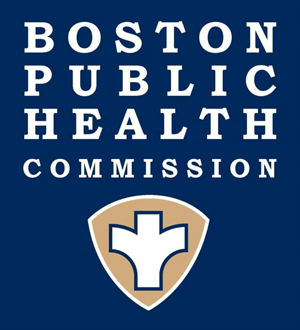Public Resources
Public Resources
Managing Post-Incident Consequences
[edit]
Once the active shooter is no longer a threat, organizations should engage in post-event assessments and activities. As outlined in DHS's Active Shooter: How to Respond guide:
- Use an assembly point to account for everyone to help determine the number of missing or injured
- Have a method for communicating with families
- Assess the psychological state of all individuals on scene
- Identify and fill any critical personnel or operational gaps in the organization because of the incident⁸

Providing Immediate Psychological Support
Active shooter incidents have the potential to cause severe emotional stress, so experts advocate for immediate management of psychological trauma. There are crisis intervention techniques which assist an individual experiencing an overwhelming emotional response to a violent event which can be offered right away, under the umbrella of an "integrated and comprehensive Critical Incident Stress Management (CISM) system"⁹.
CISM represents a comprehensive, systematic, and multicomponent approach to managing stress, particularly traumatic stress. CISM covers the complete crisis continuum from precrisis through follow-up services. A few of the key aspects of CISM include:
- Psychological First Aid (PFA): An evidence-informed modular approach to help children, adolescents, adults, and families in the immediate aftermath of disaster and terrorism.
- Skills for Psychological Support (SPR): An evidence-informed modular intervention that aims to help survivors gain skills to manage distress and cope with post-disaster stress and adversity.
- Critical Incident Stress Debriefings (CISD): Critical Incident Stress Debriefings, which are structured into one- to three-hour, seven-phase group discussions of a highly stressful event. When debriefings are clearly defined and applied properly in the context of a broader, comprehensive, systematic, and multicomponent program, they produce consistently positive results.
Resources to Learn More
- Active Shooter Recovery Guide from DHS, reviewing the vital goal of preparing in advance for an effective short- and long-term recovery.
- "In the Aftermath" video documentary produced by the FBI, focusing on best practices after school shooting tragedies, including family reunification, dealing with accompanying trauma, and crisis planning. It highlights the difficult journey of recovery while also giving hope to survivors.
- Talking to Children about the Shooting, from NCTSN
- Restoring a sense of safety in the aftermath of a mass shooting: Tips for parents and professionals from the Center for the Study of Traumatic Stress (CSTS)
« Previous | Topic Home
Reference(s):
⁸Active shooter - how to respond - dhs.gov. U.S. Department of Homeland Security. (2008). Retrieved July 5, 2022, from https://www.dhs.gov/xlibrary/assets/active_shooter_booklet.pdf
⁹Mitchell, J. T. (1998, October 1). Critical incident stress management: A new era in crisis intervention. International Society for Traumatic Stress Studies. Retrieved August 8, 2022, from https://istss.org/public-resources/trauma-blog/1998-fall/critical-incident-stress-management-a-new-era-in-c

